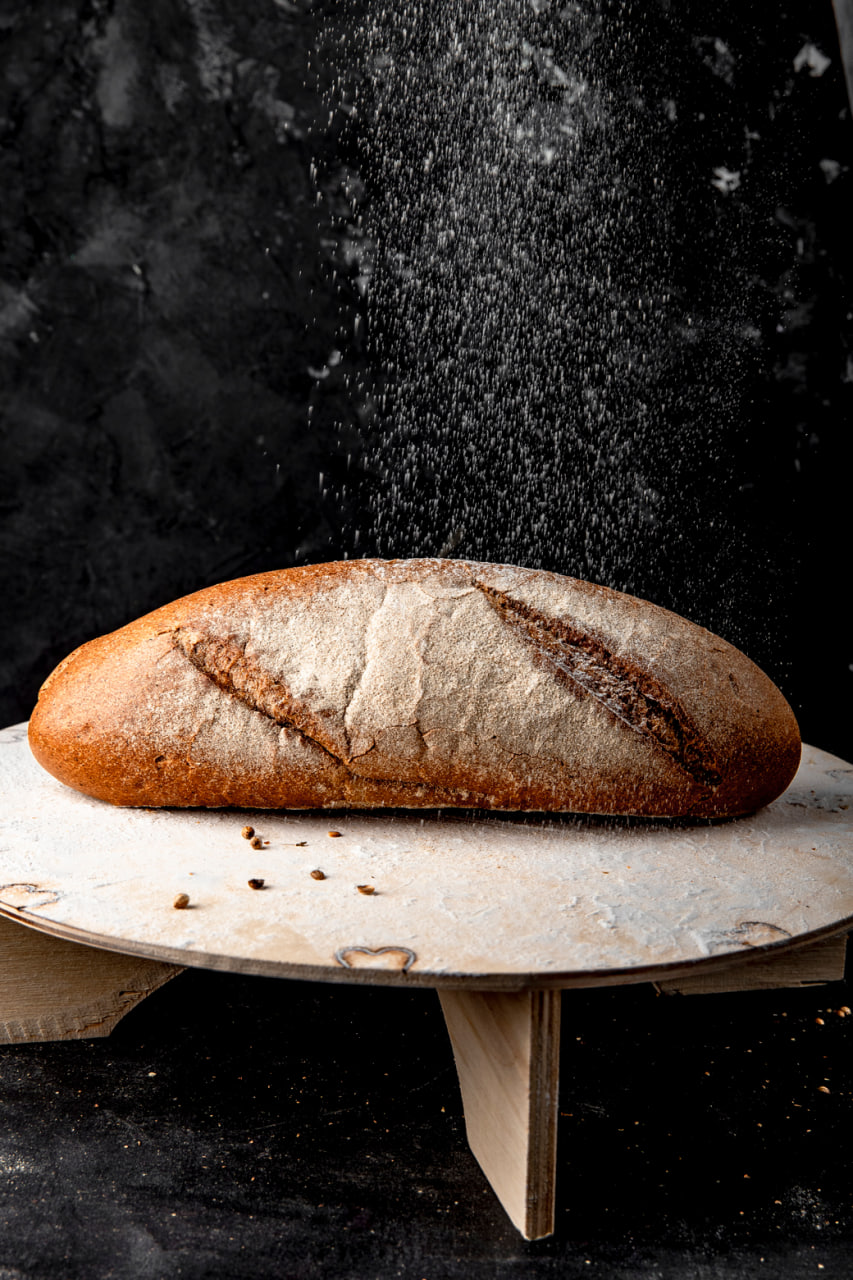Call us now:

Maintaining a sourdough starter is a balancing act between microbial activity, timing, and your baking schedule. While the idea of feeding a living culture every single day might seem overwhelming at first, there are many flexible ways to care for your starter that fit neatly into your lifestyle. Understanding the options — and how they affect your starter — is key to building a rhythm that works for you.
When a starter is kept at room temperature, it becomes an active, fermenting organism that requires daily feedings. This is because warm temperatures accelerate the activity of wild yeast and bacteria, which rapidly consume the available food in the flour. If you plan to bake frequently — every day or every couple of days — this is a great method. Daily feeding keeps your starter lively, predictable, and ready to bake on short notice. You’ll likely notice it doubling in size within hours, bubbling enthusiastically, and developing a pleasantly tangy aroma. However, this approach also creates more discard unless you bake regularly or use that excess in other recipes.
For bakers who only bake once or twice a week, refrigeration offers a more manageable solution. A refrigerated starter can go days — even weeks — between feedings without losing viability. Cold temperatures slow down fermentation dramatically, placing the microbial culture in a sort of hibernation. You simply feed the starter, let it sit at room temperature for a few hours to begin fermenting, and then transfer it to the fridge. When you’re ready to bake again, you remove it, allow it to warm up, and feed it once or twice to revive full activity before mixing dough. This method minimizes waste and works well for casual bakers or those with limited time.
Some people opt for hybrid methods, adjusting their feeding schedule based on their week. For example, you might keep your starter on the counter during periods of frequent baking, then move it to the fridge when you’re traveling or too busy to feed daily. This flexibility is one of the beauties of sourdough. The culture is surprisingly resilient when treated with care. If refrigerated for more than a week, your starter may develop a layer of liquid on top — often referred to as “hooch” — which is a byproduct of fermentation. This is normal and can be stirred back in or poured off before feeding.
No matter which method you choose, feeding ratios also matter. A common ratio is 1:1:1 — one part starter, one part flour, and one part water by weight. This ratio produces a balanced, active culture. If you feed with more flour and water relative to the starter (for example, a 1:2:2 ratio), you’re giving the microbes more food, which slows down fermentation slightly and can be helpful for longer gaps between feedings. On the other hand, smaller feedings result in faster activity, which is useful if you’re trying to build up strength quickly.
Monitoring your starter’s behavior will help you fine-tune your schedule. If it’s rising predictably, developing a pleasant smell, and forming consistent bubbles, you’re on the right track. If it becomes sluggish, overly sour, or watery, it may be a sign that it needs more frequent feedings or a refresh with clean flour and water.
Ultimately, feeding your starter is about building a relationship with it. It doesn’t have to dominate your life, nor should it be a source of stress. With a little experimentation, you’ll find a maintenance routine that suits your kitchen, your schedule, and your goals as a baker. Whether you feed it daily like a pet or keep it tucked away like a secret ingredient, your starter will reward your consistency with beautiful, naturally leavened bread.
